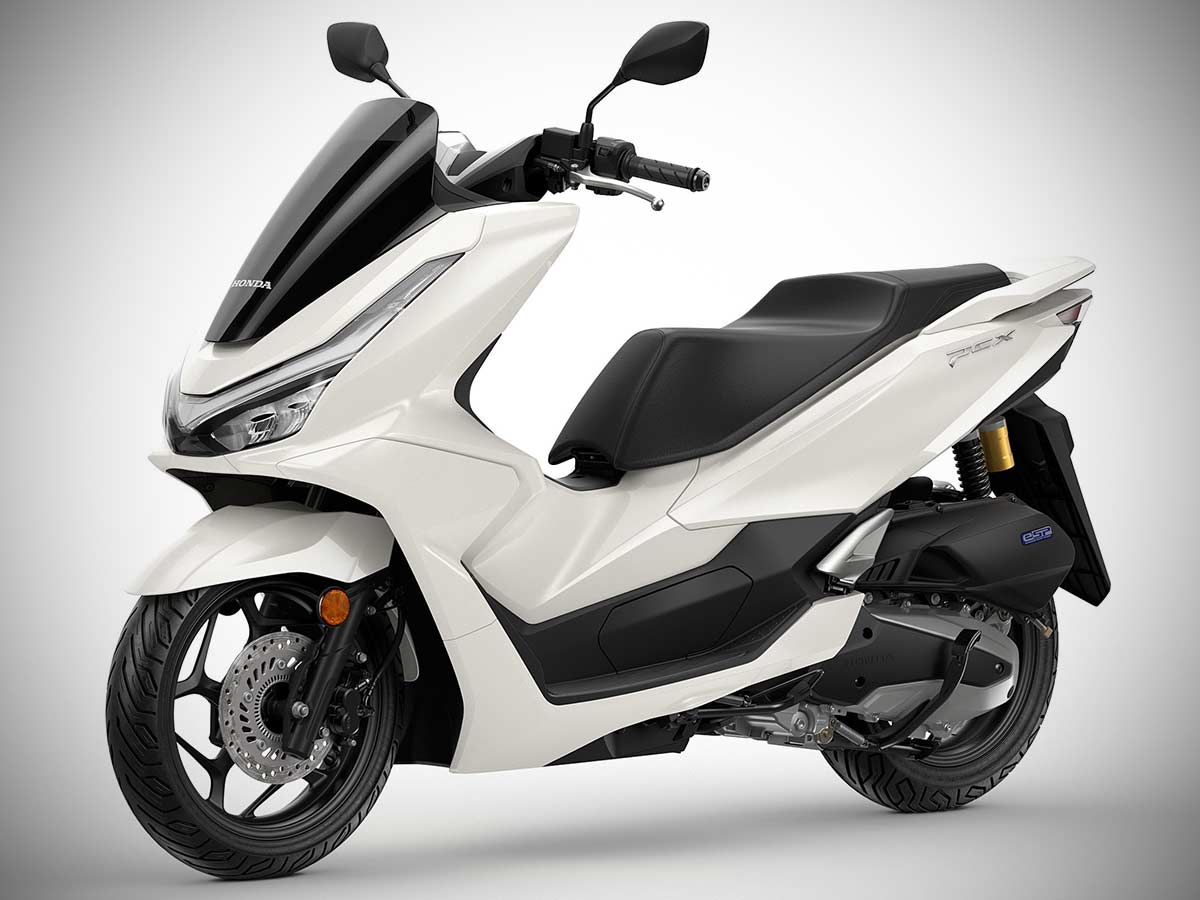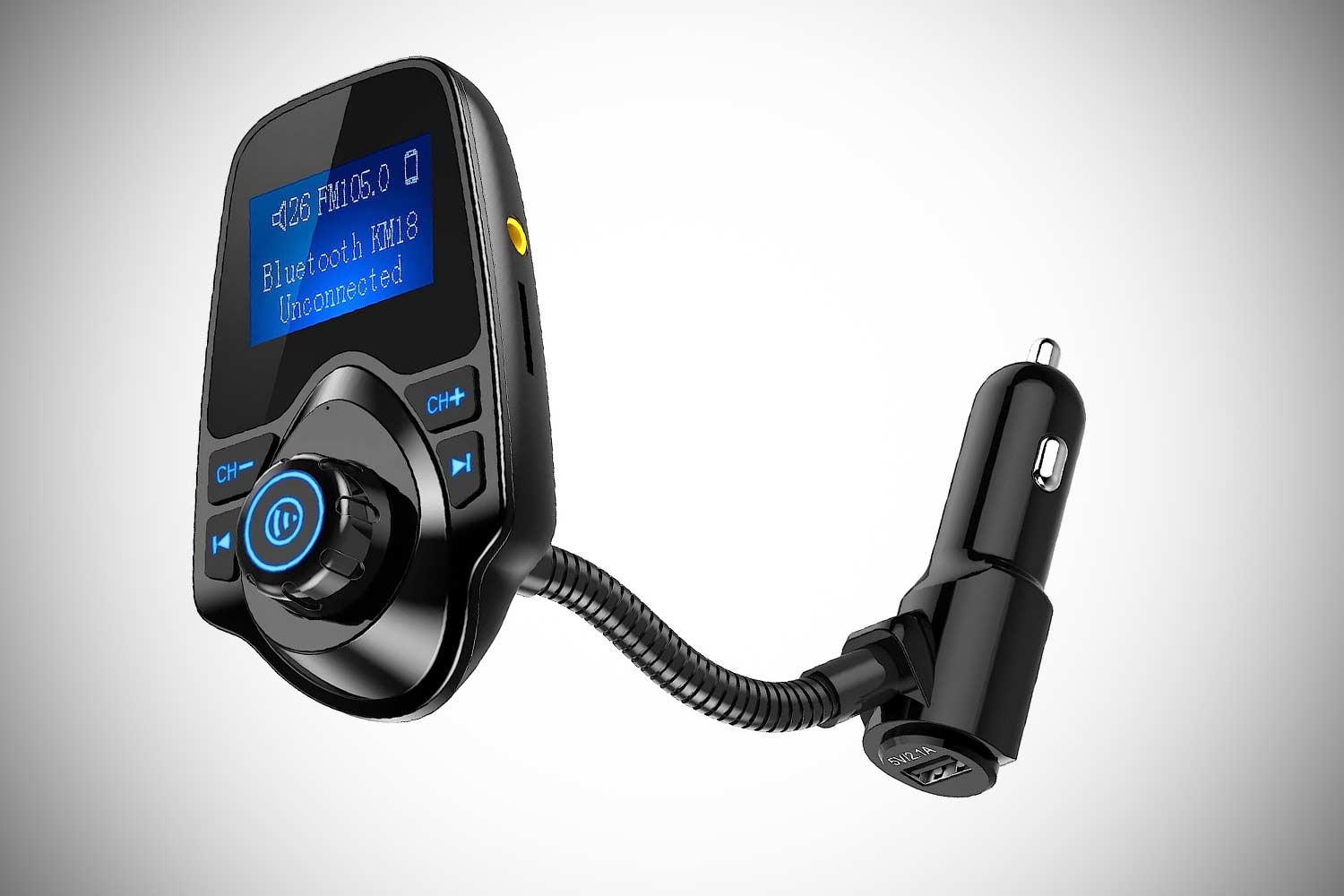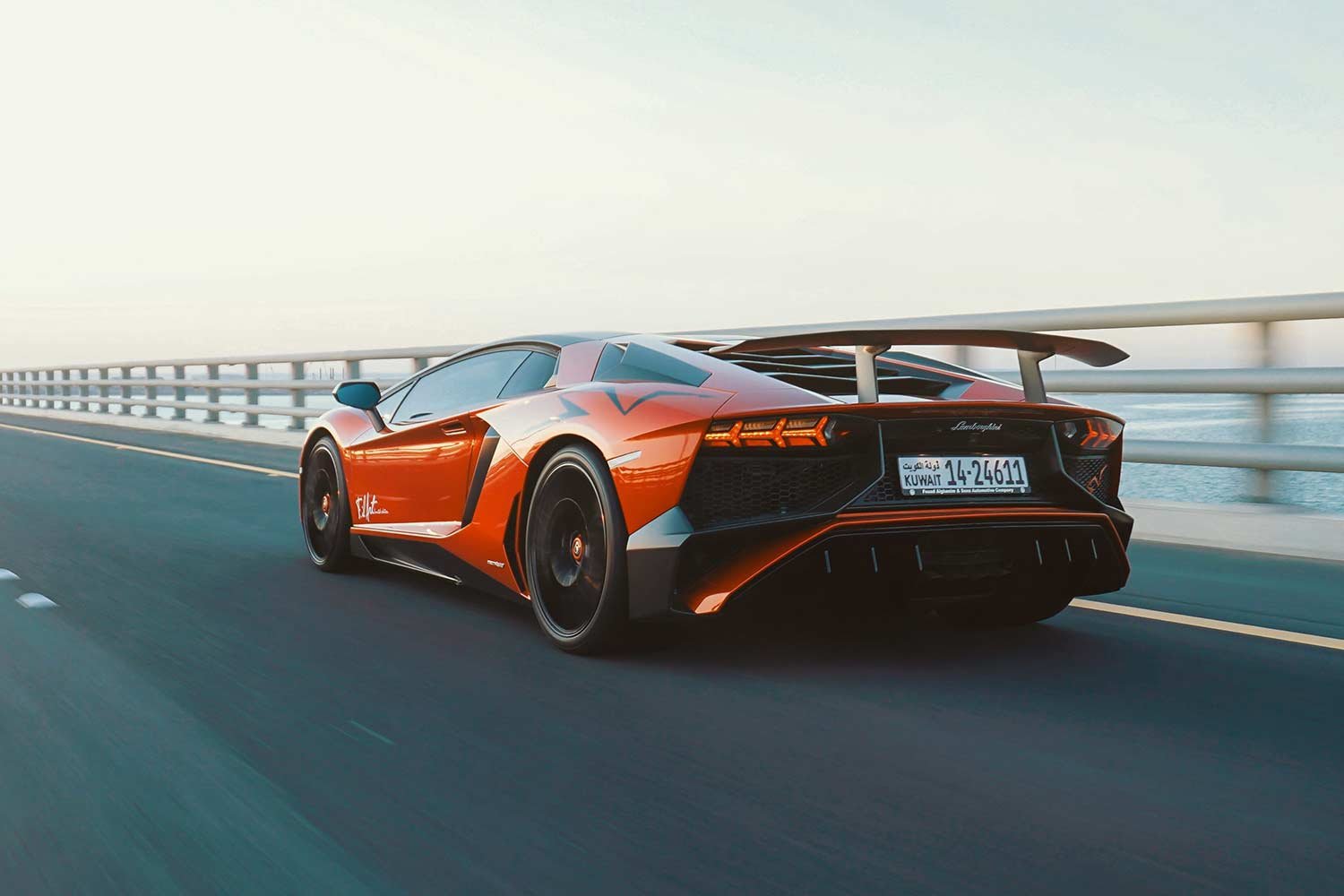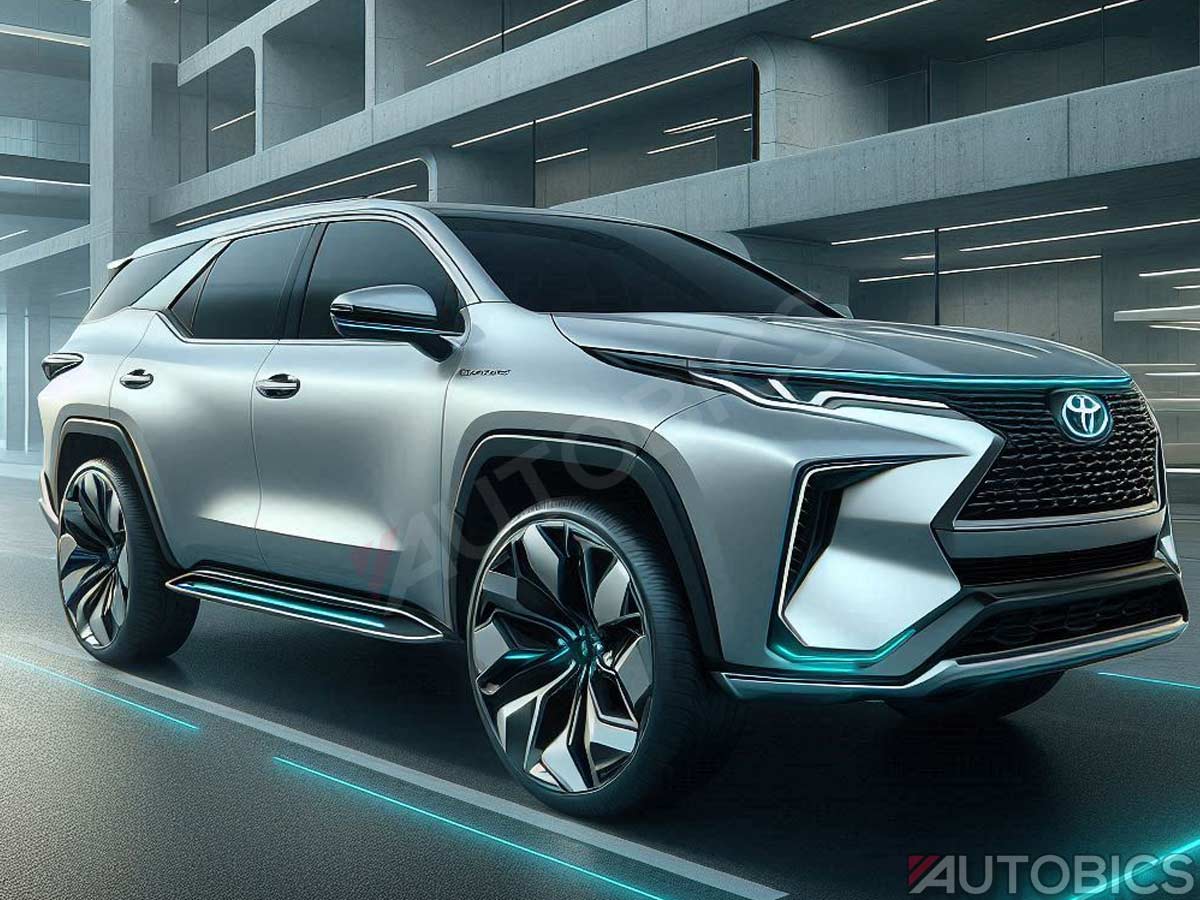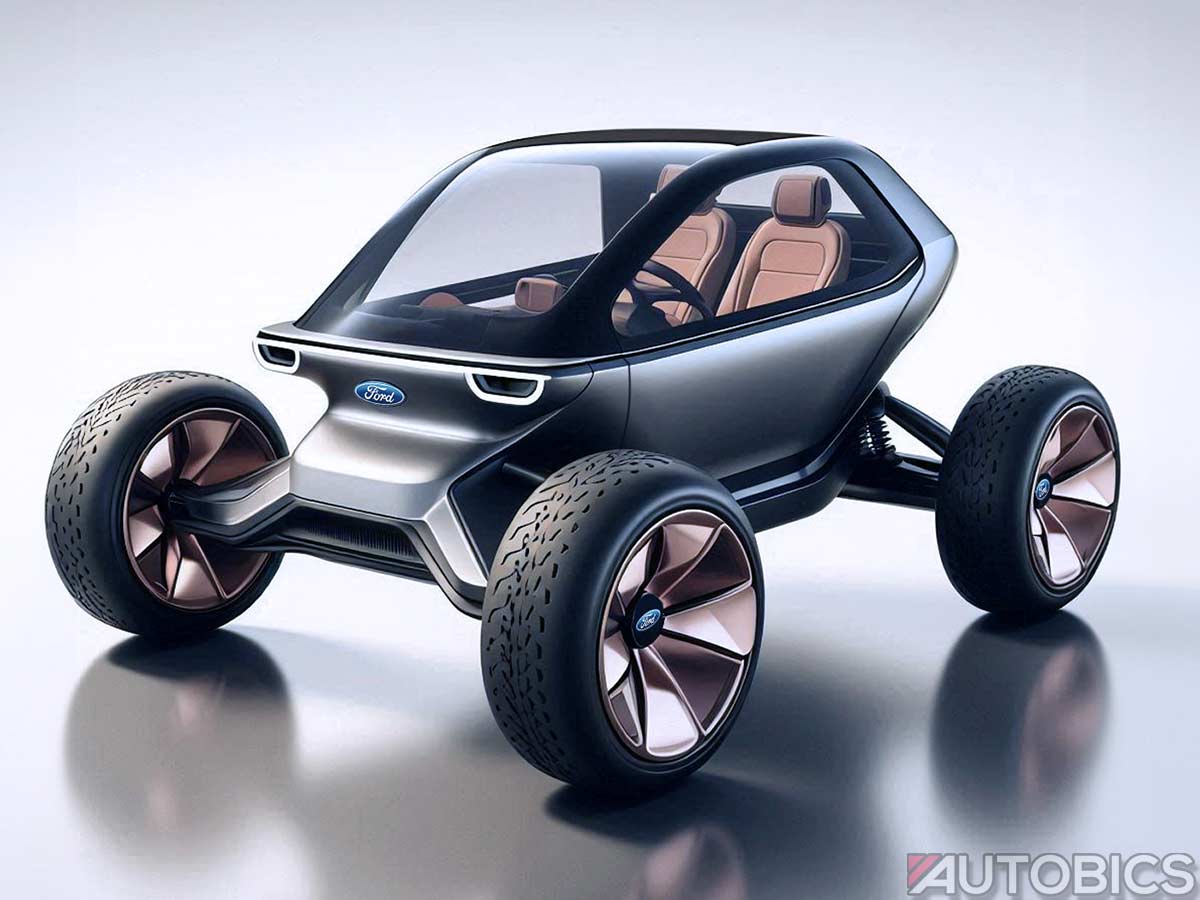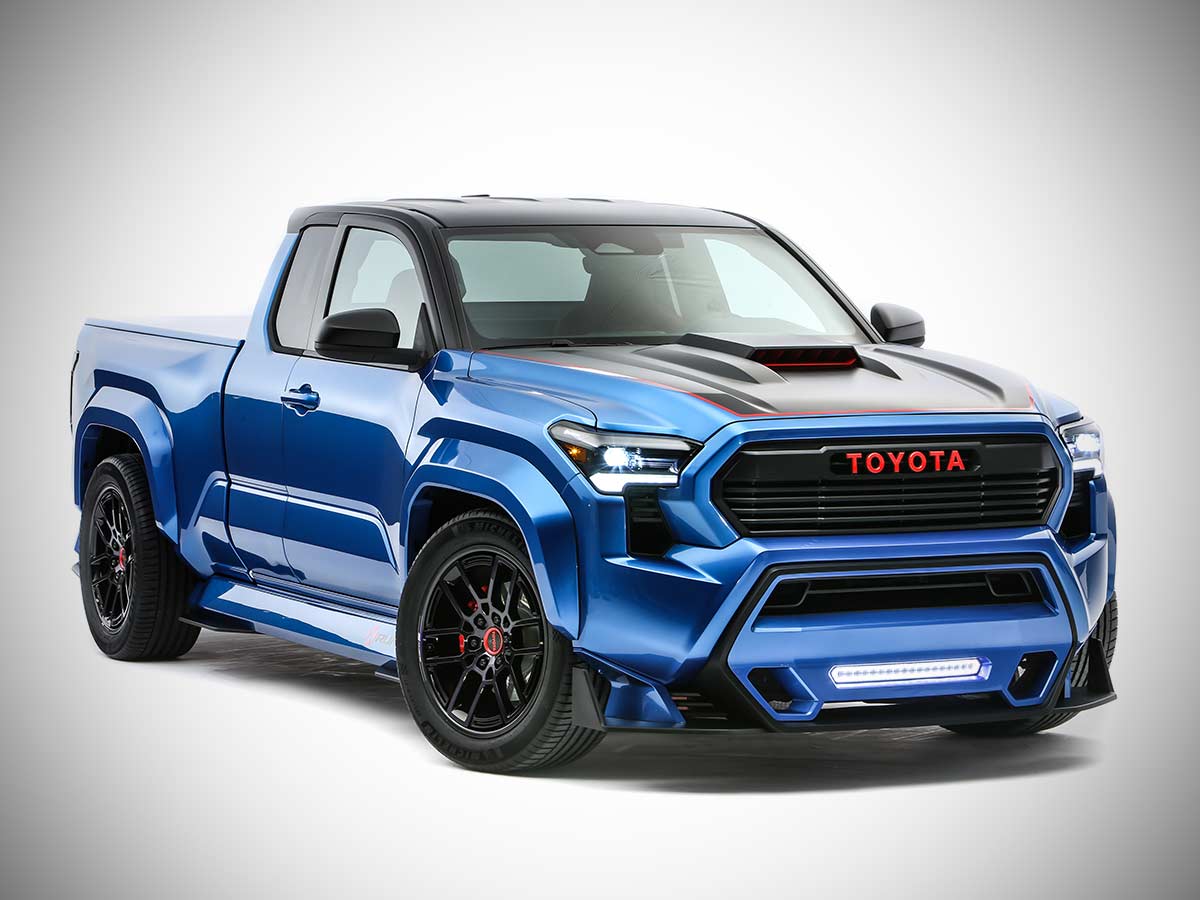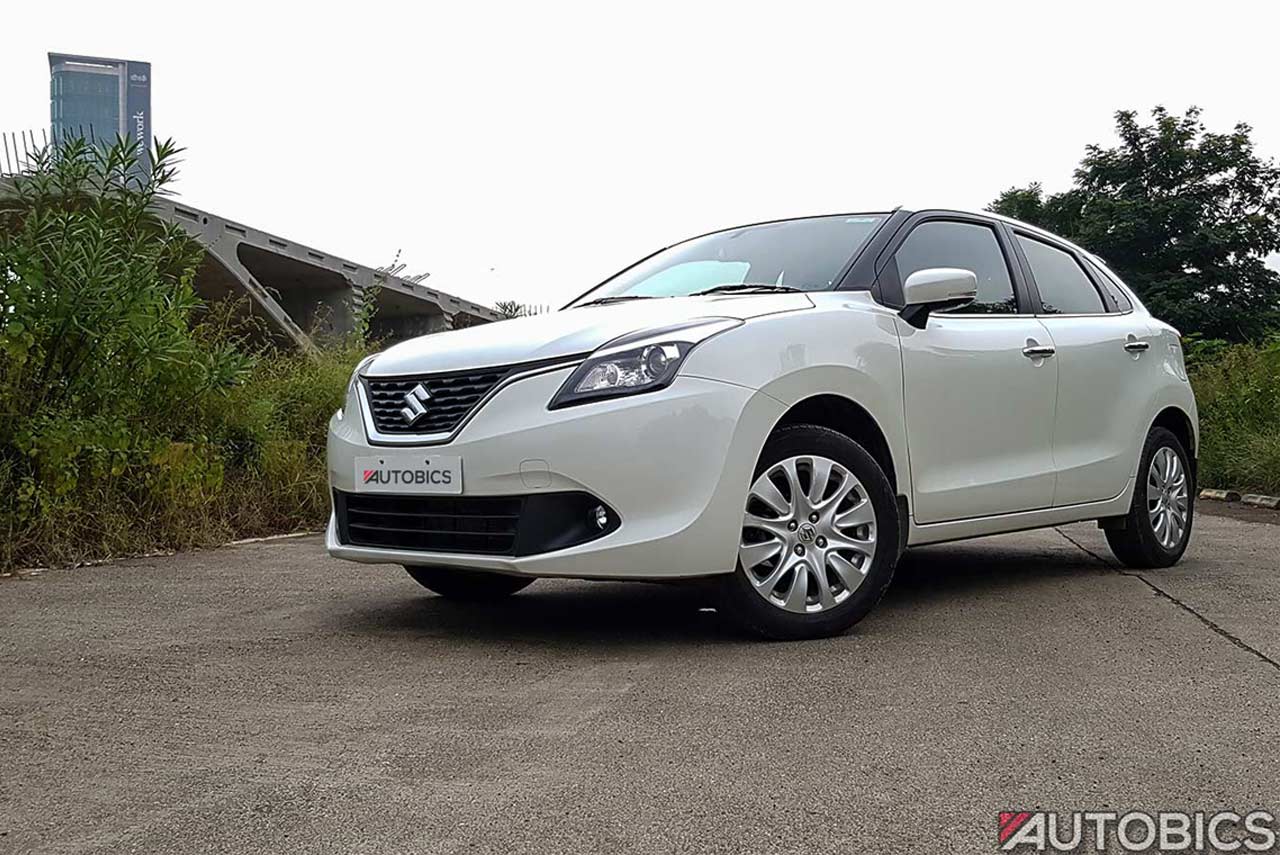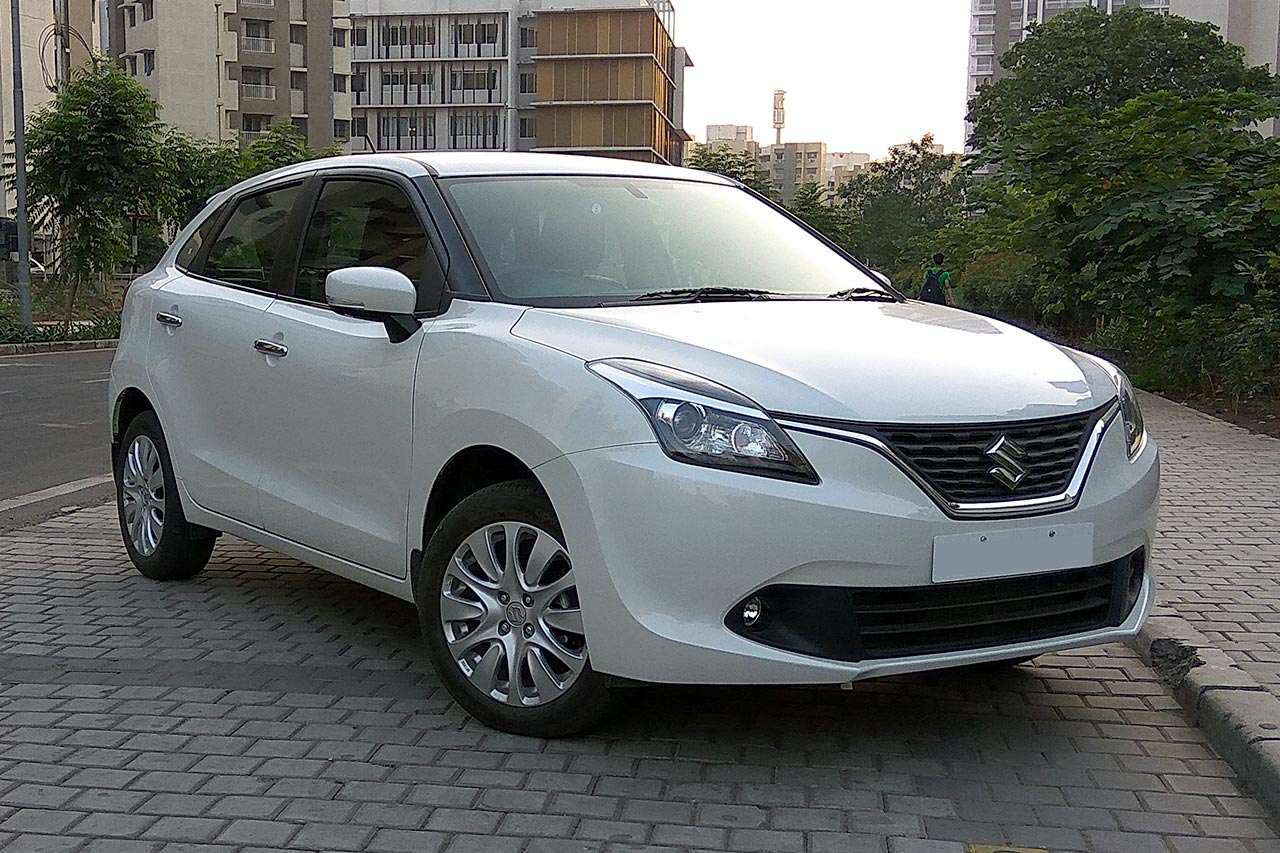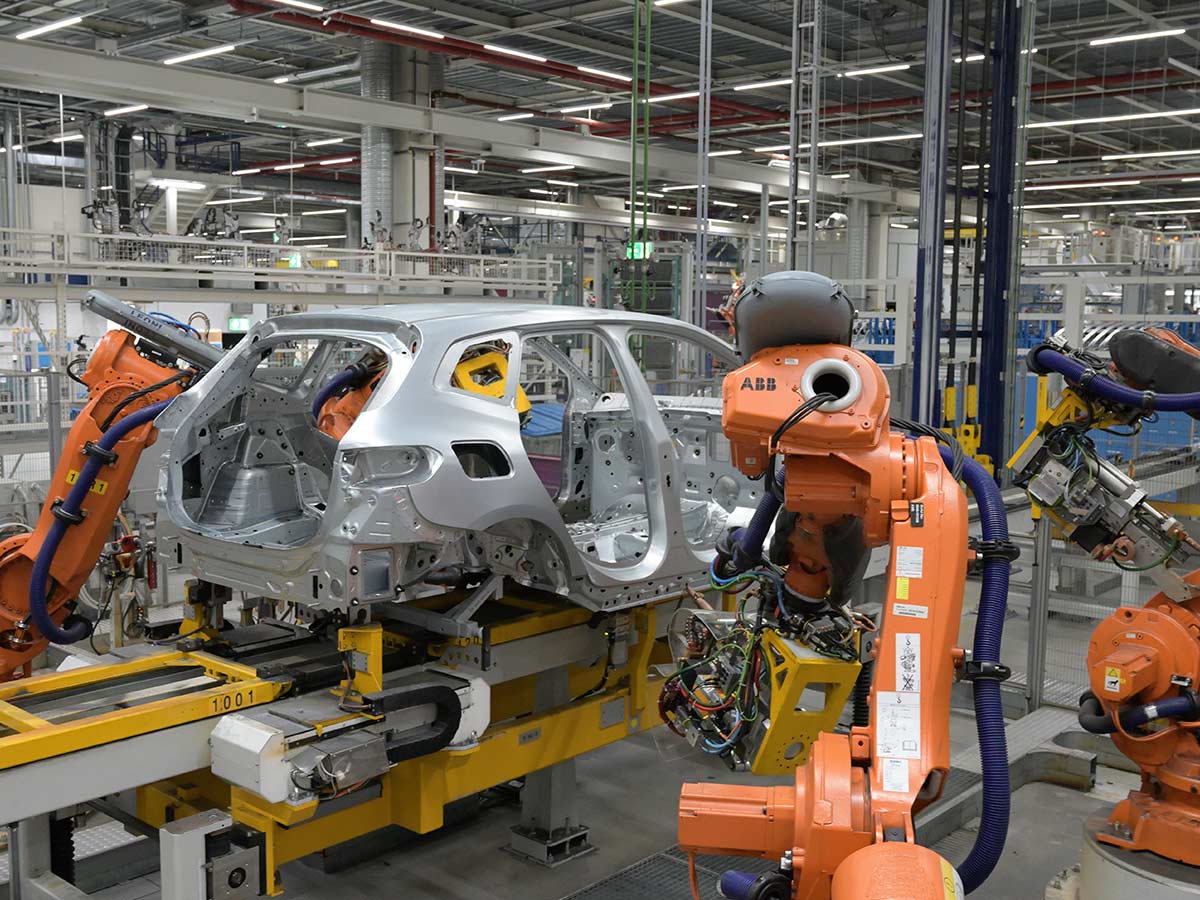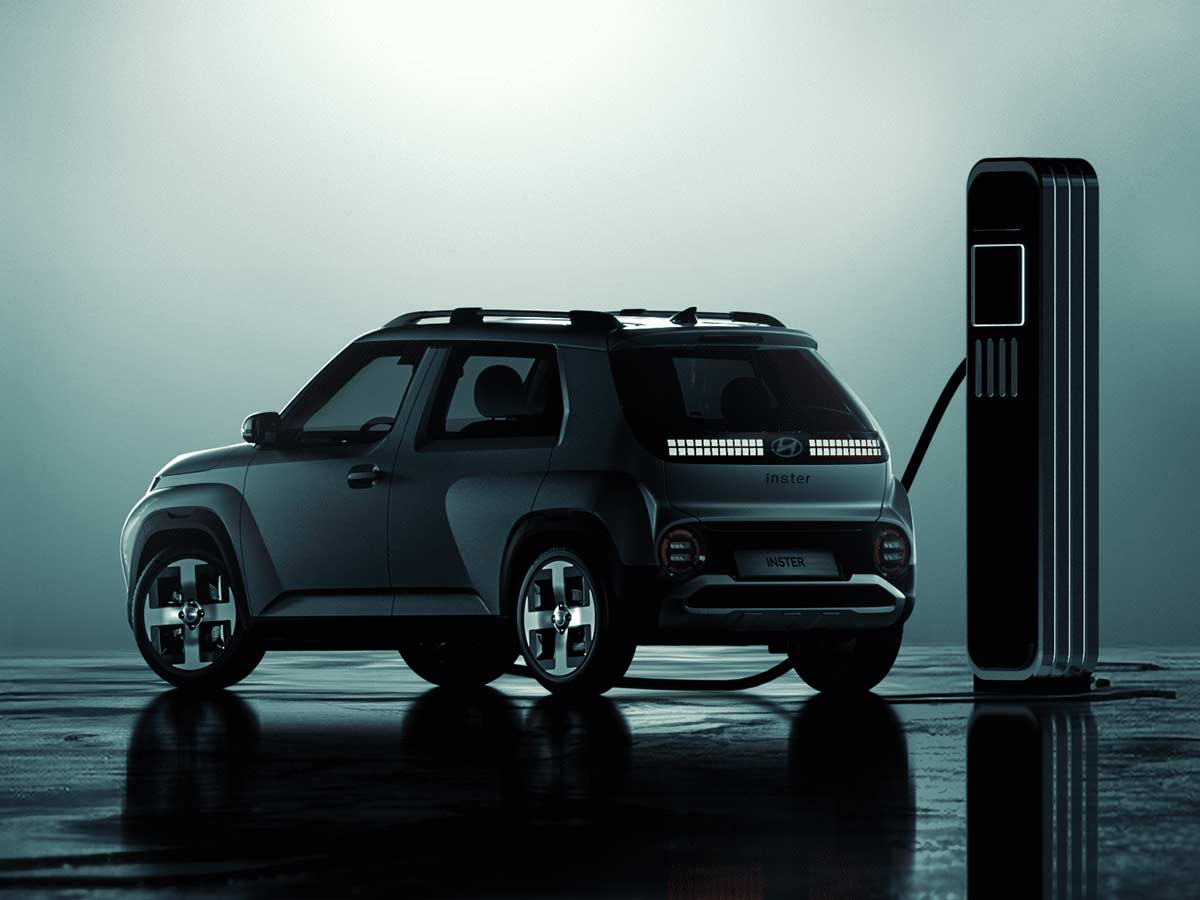The automotive industry, once a bastion of traditional craftsmanship, is undergoing a seismic shift. Central to this evolution is the rise of artificial intelligence (AI) and AI-driven image generation technologies. These innovations are not just incremental changes; they are poised to redefine the entire process of car design, from initial concept sketches to the final production model.
This article delves into how Artificial Intelligence and AI image generation technology are revolutionizing the automobile design industry, the benefits and challenges associated with these technologies, and the future they promise.
>>> Great Discounts on Car & Bike Accessories <<<

The Evolution of Automobile Design
Before exploring the transformative effects of AI, it’s essential to understand the traditional process of automobile design. Historically, car design has been a labor-intensive, time-consuming process that involved multiple stages:
- Initial Conceptualization: Designers begin with hand-drawn sketches, refining ideas through multiple iterations.
- Clay Modeling: A life-size clay model is created to visualize the design in three dimensions.
- Digital Rendering: Designers use software like AutoCAD or Alias to create digital models.
- Prototyping: A physical prototype is built for testing aerodynamics, ergonomics, and aesthetics.
- Final Design: After several rounds of feedback and revisions, the final design is approved for production.
This process, while effective, is not without its limitations. It is slow, expensive, and requires significant human labor and expertise. Furthermore, it can be challenging to quickly adapt to new trends or customer demands.
AI in Automobile Design: The New Paradigm
Artificial intelligence has begun to address many of these challenges by introducing a new paradigm in automobile design. AI-powered tools can enhance creativity, streamline workflows, and bring unprecedented efficiency to the design process.
Generative Design Algorithms:
One of the most promising AI technologies in automobile design is generative design. Generative design uses AI algorithms to explore all possible configurations of a design within given constraints. For example, a designer might input parameters such as weight, material, cost, and structural integrity. The AI then generates a vast array of design options, often coming up with solutions that a human designer might never conceive.
This technology allows for the rapid exploration of multiple design variations, accelerating the innovation process. Many automobile companies are already using generative design to develop lighter, stronger components that optimize material usage and improve vehicle performance.
AI-Driven Image Generation:
AI-driven image generation, powered by technologies like GANs (Generative Adversarial Networks), is another revolutionary tool. These systems can create highly realistic images from text descriptions or rough sketches, enabling designers to visualize their ideas more quickly and accurately. This technology can also be used to generate multiple design concepts, allowing designers to compare and refine them rapidly.
For instance, a designer could input a simple sketch of a car, and the AI would generate a photorealistic rendering of the vehicle, complete with different paint colors, lighting conditions, and backgrounds. This capability drastically reduces the time needed for visual ideation and iteration, enabling faster decision-making and more innovative designs.
AI in Virtual Prototyping and Simulation:
Traditionally, physical prototypes were essential for testing and validating vehicle designs. However, AI is now enabling more accurate and efficient virtual prototyping. AI-driven simulations can predict how a design will perform under various conditions, from crash tests to aerodynamic assessments. These simulations are becoming increasingly sophisticated, allowing for more comprehensive testing without the need for costly physical prototypes.
AI can also optimize the design for specific outcomes, such as reducing drag or improving safety, by running thousands of simulations in a fraction of the time it would take to test physical models. This capability is particularly valuable in the electric vehicle (EV) market, where companies are racing to develop more efficient and longer-range vehicles.
AI-Enhanced Collaboration:
The design process is inherently collaborative, involving input from designers, engineers, marketing teams, and other stakeholders. AI can enhance this collaboration by providing real-time feedback, suggestions, and visualizations. For instance, AI tools can analyze design elements and offer improvements, such as suggesting alternative materials or identifying potential manufacturing challenges.
Additionally, AI-driven platforms can facilitate remote collaboration, allowing teams from different parts of the world to work together seamlessly. This capability is especially valuable in a globalized industry like automobile manufacturing, where design and production often take place in different countries.
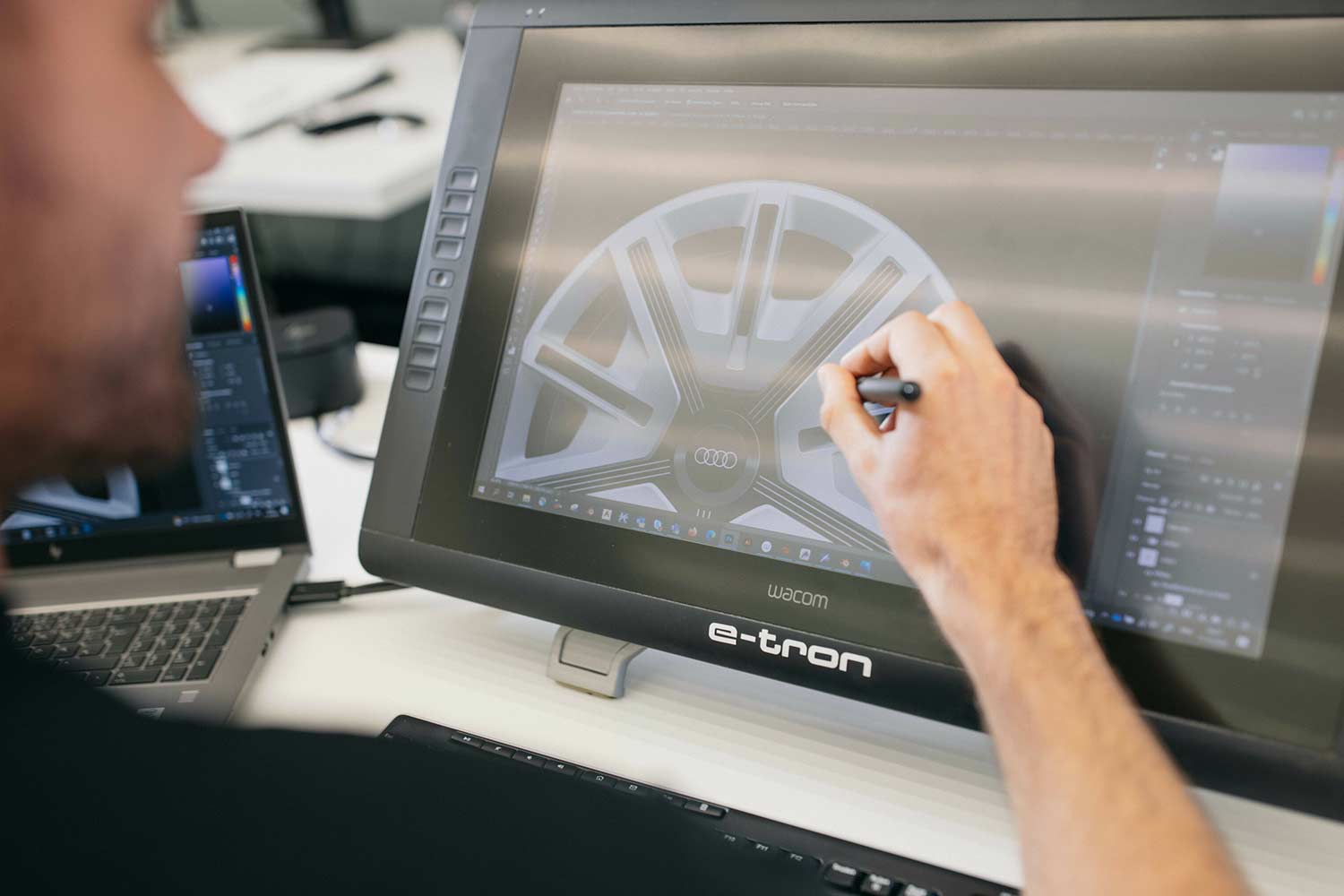
Benefits of AI in Automobile Design
The integration of AI into automobile design offers numerous benefits, including:
Speed and Efficiency:
AI dramatically accelerates the design process. Tasks that once took weeks or months can now be completed in hours or days. This speed allows manufacturers to bring new models to market more quickly, keeping pace with changing consumer demands and technological advancements.
Cost Reduction:
By reducing the need for physical prototypes and streamlining the design process, AI can significantly lower the cost of vehicle development. This reduction in costs can lead to more competitive pricing for consumers and higher profit margins for manufacturers.
Enhanced Creativity:
AI-powered tools can enhance the creativity of human designers by providing them with a broader range of options and ideas. Designers can experiment with more radical concepts, confident that the AI will help them refine and optimize these ideas for production.
Improved Performance and Sustainability:
AI’s ability to optimize designs for specific outcomes, such as weight reduction or aerodynamics, leads to better-performing and more fuel-efficient vehicles. Additionally, AI can help manufacturers use materials more efficiently, reducing waste and promoting sustainability.
Challenges and Ethical Considerations
Despite its many benefits, the integration of AI into automobile design is not without challenges and ethical considerations.
Job Displacement:
One of the most significant concerns is the potential for job displacement. As AI takes on more design tasks, the role of human designers may diminish, leading to job losses in the industry. However, it’s also possible that AI could create new opportunities for designers who can work alongside these technologies, focusing on more strategic and creative aspects of the process.
Intellectual Property Concerns:
AI-generated designs raise questions about intellectual property (IP) ownership. If an AI system creates a novel design, who owns the rights to that design? This issue is particularly complex in a collaborative environment where multiple AI systems and human designers contribute to a final product.
Bias in AI Algorithms:
AI systems are only as good as the data they are trained on. If the training data is biased, the AI could produce biased designs that reinforce existing stereotypes or overlook the needs of certain groups of people. For example, if an AI system is trained on data from predominantly Western markets, it might not account for the preferences or needs of consumers in other regions.
Ethical Design Considerations:
As AI takes on a more prominent role in design, there is a risk that the technology could prioritize efficiency or cost-effectiveness over other important factors, such as safety or environmental impact. It’s essential that human designers and engineers continue to play a central role in making ethical decisions about vehicle design.
The Future of Automobile Design with AI
Looking ahead, the impact of AI on the automobile design industry will only grow. As AI technology continues to advance, we can expect even more significant changes in how vehicles are designed, manufactured, and brought to market.
Personalized Vehicle Design:
One exciting possibility is the rise of personalized vehicle design. AI could enable manufacturers to create custom-designed vehicles tailored to individual consumers’ preferences and needs. This level of personalization could extend to everything from the car’s exterior design to its interior features and performance characteristics.
Autonomous Vehicle Design:
The development of autonomous vehicles (AVs) is another area where AI will play a critical role. Designing vehicles that can drive themselves requires a deep understanding of complex systems, from sensors and cameras to AI-driven decision-making algorithms. AI will be essential in designing these systems and ensuring they work seamlessly together.
Sustainable and Green Design:
As environmental concerns become increasingly important, AI will play a key role in designing more sustainable vehicles. AI can help optimize designs for fuel efficiency, reduce emissions, and identify alternative, eco-friendly materials. In the future, AI could even enable the development of fully recyclable vehicles, where every component can be reused or repurposed.
AI as a Creative Partner:
Rather than replacing human designers, AI is likely to become a creative partner, helping designers push the boundaries of what is possible. By working together, human designers and AI systems can create vehicles that are not only more efficient and functional but also more beautiful and inspiring
Conclusion
As AI continues to evolve, its impact on the automotive industry is likely to become even more profound. By combining human creativity with the power of AI, designers can create vehicles that are not only functional and stylish but also sustainable and personalized. The future of automotive design is a bright one, and AI is at the forefront of this exciting transformation.






